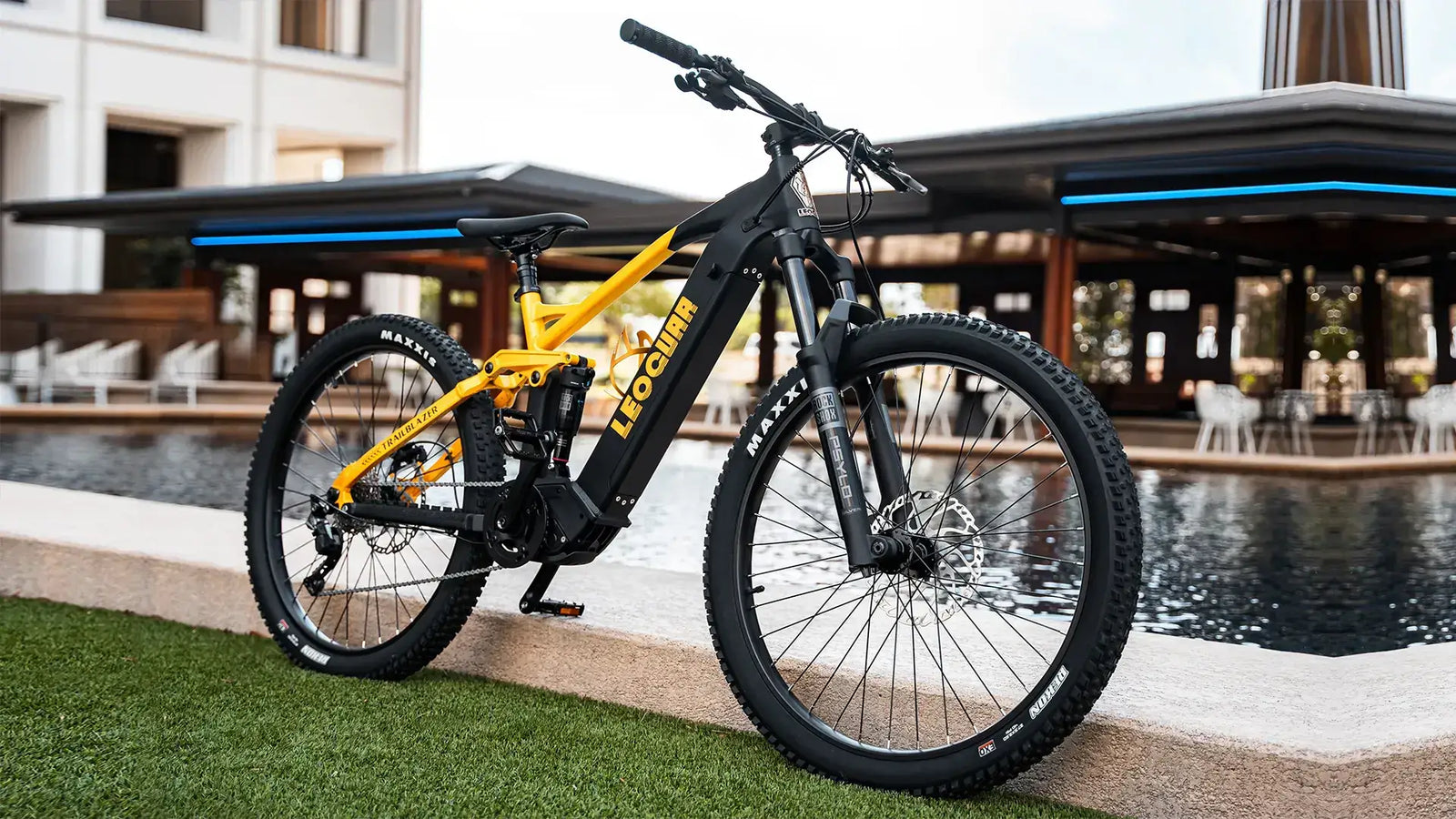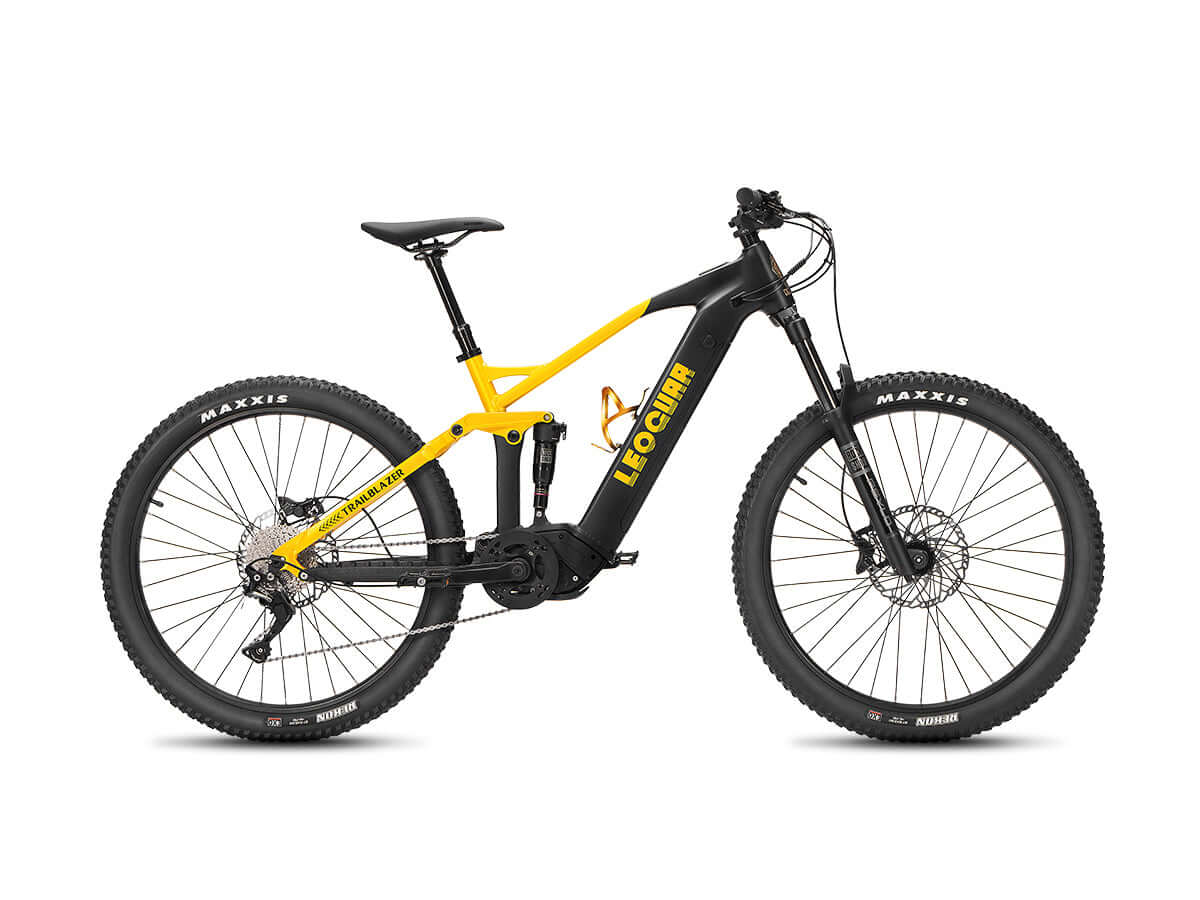
Class 1 vs Class 3 eBike: Key Differences Explained
The Quick Answer
When choosing an e-bike, the biggest question often comes down to Class 1 vs. Class 3. The real difference is all about speed and the riding experience you get. A Class 1 ebike offers pedal help up to 20 mph, making it a great choice for bike paths and fun rides. A Class 3 ebike helps you up to 28 mph, designed for faster road commuting and keeping up with traffic.
Here's a quick summary of the key features for each type:
- Class 1 E-Bike: Top Help Speed: 20 mph, Motor Start: Pedal-Help Only, Common Use: Bike paths, trails, general fun.
- Class 3 E-Bike: Top Help Speed: 28 mph, Motor Start: Pedal-Help Only, Special Need: Must have a speedometer, Common Use: Road commuting, keeping up with city traffic.
To make it even clearer, let's compare them side-by-side.
| Feature | Class 1 E-Bike | Class 3 E-Bike |
|---|---|---|
| Max Helped Speed | 20 mph (32 km/h) | 28 mph (45 km/h) |
| Throttle Allowed? | No | No (but some have a 20 mph throttle) |
| Speedometer Required? | No | Yes |
| Best Environment | Bike paths, multi-use trails, roads | Roads, on-street bike lanes |
Breaking Down The Classes
To truly understand which bike is for you, we need to look closer at the technology that defines each class. This system isn't just about marketing; it's a legal framework that controls how and where you can ride, as this comprehensive guide from WIRED explains.
What Defines a Class 1?
A Class 1 ebike is the purest form of an electric-help bicycle. The motor works only when you are actively pedaling, a system known as pedal-help. There is no throttle to move the bike on its own. The help smoothly stops once you reach the 20 mph limit. This design gives an experience that feels very much like a regular bicycle, just with the welcome benefit of easier hills and help against headwinds. It's you, but with a steady tailwind pushing you along. Because of its natural feel and moderate top speed, the Class 1 ebike is the most widely accepted class on multi-use paths and trails.
What Defines a Class 3?
A Class 3 ebike is built for speed. Like a Class 1, it is mainly a pedal-help vehicle, but the motor continues to give support up to a much faster 28 mph. To ensure rider awareness and legal following, these bikes are required by law to have a speedometer.
A common mistake is thinking that Class 3 bikes have more powerful motors. While the experience is faster, the motor's power is generally capped at the same federal limit as other classes: 750W (or 1 horsepower). The difference lies in the software that allows the motor to help at higher speeds. It's also worth noting a key detail: while the definition of Class 3 is pedal-help only, some makers produce models with a throttle. However, federal law says that this throttle must stop at 20 mph, with only pedal-help taking you to the full 28 mph.
The Riding Experience
Numbers on a page can only tell you so much. What truly matters is how these bikes feel on the road. From our experience testing hundreds of e-bikes, the difference in feel between a Class 1 and a Class 3 is night and day.
Riding a Class 1
Riding a Class 1 ebike is all about easy enjoyment. The motor's help is a gentle, natural push that makes cycling more doable for everyone. It flattens hills that would otherwise have you gasping for air, but once you hit the 20 mph limit on a flat path, the help fades, and it's all you. We find this perfect for social rides where talking is as important as the destination. You can easily cruise along a scenic bike path, explore a park, or run errands around town without breaking a heavy sweat. It makes the regular cycling experience better without changing it completely.
Riding a Class 3
Hopping on a Class 3 ebike is a game-changer for commuters. The feeling of speed is clear right away. Starting from a stoplight, you can confidently hold your lane and keep pace with city traffic. That extra 8 mph of help turns a stressful 45-minute car commute into an exciting 30-minute ride. The experience feels less like a regular bicycle and more like a lightweight, quick vehicle designed for smart urban transport. It allows you to command your space on the road, making you feel more like a part of the traffic flow rather than something in the way.
Navigating E-Bike Laws
The single most important factor after the ride feel is where you're legally allowed to go. This is where the class system becomes critical, as it gives a framework for local and state rules.
Why Classes Matter
The three-class system has been widely adopted across the United States, thanks to the work of advocacy groups like PeopleForBikes. This standardization helps land managers and lawmakers create rules that balance access with safety for all trail and road users. Knowing your bike's class is the first step to knowing where you can ride it without issue.
General Rules of Thumb
While you must always check local rules, some general guidelines have emerged that are consistent across most regions.
- Class 1 E-Bikes: These are the most widely accepted. They are typically allowed anywhere a regular bicycle can go. This includes roads, on-street bike lanes, and, most importantly, the vast network of paved multi-use paths and bike trails that are often off-limits to faster e-bikes.
- Class 3 E-Bikes: Due to their higher speed abilities, these are generally limited to roads and dedicated, on-street bicycle lanes. They are almost always banned on shared-use paths, sidewalks, and natural-surface mountain bike trails where higher speeds could pose a danger to walkers and other cyclists. As trail-focused publications often highlight, the 28 mph top speed is considered too fast for the dynamics of a shared, non-motorized trail.
The Golden Rule
Rules can vary significantly between states, cities, and even individual park districts. Before you buy, we cannot stress this enough: Always check your local rules. A quick search for "e-bike laws" plus your city or state name will usually give the specific rules you need to follow.
Which Class Is Right?
Instead of just comparing specs, let's look at who you are as a rider. Matching the bike to your lifestyle is the key to a happy purchase.
The Relaxed Fun Rider
You love weekend rides along the beach, through parks, or around your neighborhood. You value scenery, comfort, and a bit of light exercise over pure speed. You might be riding with family or friends and want to enjoy the journey. For you, the Class 1 E-Bike is the perfect choice. Its 20 mph top speed is more than enough for easy cruising, and its broad trail access means you can explore nearly any paved path you come across without worrying about legality.
The Urban Super-Commuter
Your main goal is to get across town quickly and efficiently, replacing a car or public transit. You need to keep up with urban traffic, merge confidently, and minimize your travel time. For you, the Class 3 E-Bike is the clear winner. The ability to maintain speeds up to 28 mph is essential for holding your own on city streets. It transforms your commute from a chore into an efficient and often fun part of your day, a trend that top cycling magazines often note when reviewing the best commuter bikes.
The Fitness-Focused Cyclist
You're an avid cyclist who wants to use your bike for exercise, but you'd like a little help to tackle monster hills or extend your rides into epic all-day adventures. You want the workout, but with a safety net. Here again, the Class 1 E-Bike is your best bet. Because it is pedal-help only and has a more moderate speed limit, it encourages you to put in the effort, giving a more real cycling workout. The motor is there to help you expand your range and take on challenges you might otherwise avoid, not to do the work for you.

The "Unlockable" E-Bike
The market has a fascinating wrinkle: e-bikes that can switch between classes. This flexibility is a powerful feature, but it comes with important responsibilities.
What is a Multi-Class E-Bike?
Many popular e-bikes are sold from the factory set as Class 2 (20 mph with a throttle). However, through a simple setting in a smartphone app or on the bike's display, they can be "unlocked" to Class 3, allowing for pedal-help speeds up to 28 mph. This offers a "best of both worlds" scenario for some riders.
The Pros and Cons
The main advantage is flexibility. You can keep your bike in Class 1 or 2 mode for legal access to a multi-use path on the weekend, then unlock it to Class 3 for a speedy weekday commute on the road.
However, the major consideration is legal responsibility. This is critical: the moment you set your bike to Class 3, you are legally required to follow all Class 3 rules. This includes any local helmet laws, age limits, and, most importantly, staying off paths where Class 3 e-bikes are banned. The sticker on your bike might say "Class 2," but law enforcement will judge you based on the mode you are actively using. This practice exists in a legal gray area in some places, and the ultimate responsibility falls squarely on the rider. As trusted consumer advocates advise, understanding and following local laws is paramount when purchasing and using any e-bike, especially one with adjustable classes.
Frequently Asked Questions
Q: Can I ride a Class 3 e-bike on bike paths?
A: Generally no. Class 3 e-bikes are usually banned from shared-use paths and trails due to their higher speed capabilities. Always check your local regulations before riding.
Q: Do I need a license to ride a Class 1 or Class 3 e-bike?
A: In most states, you don't need a license for either class. However, some areas have age requirements or helmet laws, especially for Class 3 bikes.
Q: What happens if I exceed the speed limit on my e-bike?
A: The motor assistance will cut off once you reach the class speed limit (20 mph for Class 1, 28 mph for Class 3). You can still pedal faster on your own, but you won't get motor help.
Q: Are Class 3 e-bikes more expensive than Class 1?
A: Not necessarily. The price difference usually comes from other features like battery size, motor quality, and components rather than the class designation itself.
Q: Can I convert my Class 1 e-bike to Class 3?
A: Some e-bikes have this capability through software settings, but doing so changes your legal obligations. You must follow all Class 3 rules when operating in that mode.







































Leave a comment